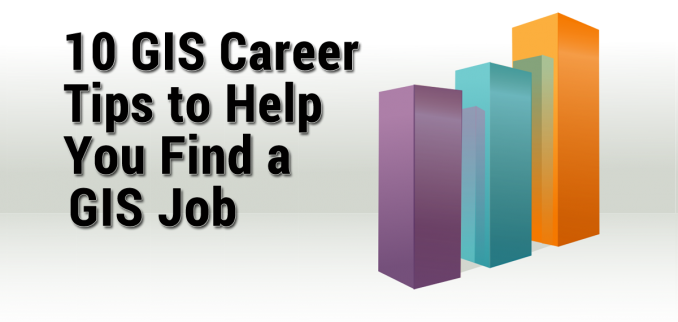Spatial Data Analysis: Support data migration with knowledge of GIS concepts using ESRI's GIS software. Incorporation of MicroStation / AutoCAD or similar computer aided design information into GIS model. Certificate of Completion of a formal course of instruction in the use of ArcGIS equipment and software from certified college.
TransCAD is the first and only Geographic Information System (GIS) designed specifically for use by transportation professionals to store, display, manage, and analyze transportation data. TransCAD combines GIS and transportation modeling capabilities in a single integrated platform, providing capabilities that are unmatched by any other package. TransCAD can be used for all modes of transportation, at any scale or level of detail. TransCAD provides:. A powerful GIS engine with special extensions for transportation.

Mapping, visualization, and analysis tools designed for transportation applications. Application modules for routing, travel demand forecasting, public transit, logistics, site location, and territory management TransCAD has applications for all types of transportation data and for all modes of transportation, and is ideal for building transportation information and decision support systems. TransCAD runs on readily-available hardware under Microsoft Windows and embraces virtually all desktop computing standards.
This has two important benefits:. You can acquire and install TransCAD at a much lower cost than any other integrated GIS and transportation modeling solution. You don’t have to build custom applications or complicated data interchange modules to perform transportation analysis with GIS data. A Powerful GIS for Transportation TransCAD is a state-of-the-art GIS that you can use to create and customize maps, build and maintain geographic data sets, and perform many different types of spatial analysis. TransCAD includes sophisticated GIS features such as polygon overlay, buffering, and geocoding, and has an open system architecture that supports data sharing on local- and wide-area networks. TransCAD is the only software package that fully integrates GIS with demand modeling and logistics functionality.
This makes it possible for models to be much more accurate and efficient. For example, network distances and travel times are based on the actual shape of the road network and a correct representation of highway interchanges. Also, with networks, you can specify complex road attributes such as truck exclusions, delays at intersections, one-way streets, and construction zones. Further, data preparation is greatly facilitated and the database and visualization capabilities catch errors before they cause problems. In TransCAD, different modeling equations can easily be derived and applied for different geographic subareas.

Similarly, TransCAD brings new and much-needed capabilities for measuring geographic accessibility. The GIS approach also provides a graphical solution that is easily understood. Users can convey highly technical information to the non-practitioner in a very straightforward and understandable manner. TransCAD extends the traditional GIS data model to include transportation data objects such as transportation networks, matrices, routes systems, and linear-referenced data. These extensions make TransCAD the best data management and analysis tool for working with transportation data.
You can use the GIS functions to prepare, visualize, analyze, and present your work, and use the application modules to solve routing, logistics, and other transportation problems with greater ease and efficiency than with any other product. Networks and matrices can be of virtually unlimited size. Networks: Transportation networks are specialized data structures that govern flow over a network. Networks are stored in a highly-efficient way, enabling TransCAD to solve routing problems very quickly. Networks can include detailed characteristics such as:. Turn delays or restrictions. Overpasses, underpasses, and one-way links.
Gis Certification Courses Fresh Micro Geospatial Analysis Software Download
Intersection and junction attributes. Intermodal or interline terminals, transfer points, and delay functions. Zonal centroid connectors. Link classifications and performance functions.
Transit access, egress, and walk transfer links. Linear Referencing: TransCAD allows you to identify the location of transportation features as a distance from a fixed point along a route. TransCAD can display and analyze these data sets without conversion, and includes dynamic segmentation functions to merge and analyze multiple linear-referenced data sets.
This makes TransCAD a natural choice for:. Facility infrastructure and operations data. Accident locations. Pavement or rail condition ratings. Traffic flows and transit ridership data. Facility alignments.
Capital project data.
Create the maps that matter to your business with Azimap web GIS. As exclusive worldwide resellers, we can provide value added services to your Azimap experience. With Azimap, it is possible to capture, store, integrate and manipulate various layers of spatial data on a single map. Advanced data visualisation tools enable you to visualise, interpret and understand patterns and trends in your data, whilst the powerful spatial analysis tools will help you gain a fresh perspective into your spatial data to determine actionable insights.
With over 20 years' experience providing GIS solutions to public and private sector companies throughout the UK and Ireland, we are best placed to further enhance your GIS experience. Built upon the advanced features of Azimap, we can create custom spatial applications which are unique to your business and that will help to map the data that really matters to you. Available FREE for 30 days, to experience how Azimap can help create the maps that matter to your business or get in touch to arrange a product demonstration and see how we can tailor your Azimap experience around your requirements.